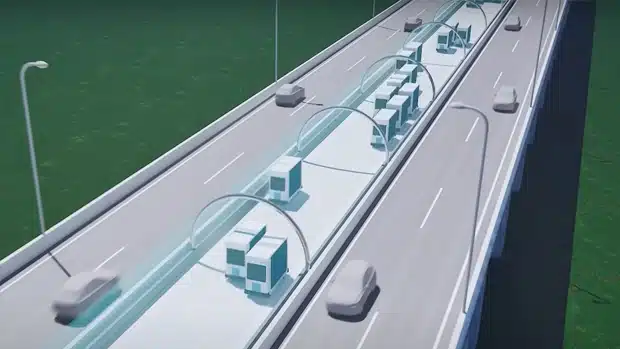320-mile conveyor belt road in Japan is expected to open for tests by 2028 and could cost up to $25.2bn
Published on Jul 08, 2025 at 6:42 PM (UTC+4)
by Keelin McNamara
Last updated on Jul 08, 2025 at 9:10 PM (UTC+4)
Edited by
Emma Matthews
Japan is planning a brand-new conveyor belt road system.
The Asian nation is currently the world’s fourth-largest economy.
Its latest plan is to build a 320-mile-long conveyor belt road from Tokyo to Osaka.
The road could be open for tests in just three years – but could cost up to $25.2bn.
DISCOVER SBX CARS: The global premium car auction platform powered by Supercar Blondie
Japan has world’s fourth-largest economy
Japan is already home to some of the world’s most brilliant, innovative infrastructure.
The Shinkansen Bullet Train is often cited as the prime example of Japanese ingenuity.
What surprises most people is the fact that the Shinkansen train system is not a new thing.
In fact, the Tokaido Shinkansen train was first built and developed in 1964.
Now, the government wants to imitate the Shinkansen network – for a different reason.

In case you were unaware, Japan is the world’s fourth-biggest economy.
That means that the country sees a lot of cargo come in and go out daily.
Transporting such amounts of product, especially for such a large economy, can be a massive strain.
Japan, in particular, suffers from this strain due to enduring a chronic labor shortage.
So the government has stepped in with a fascinating proposal.
Could “conveyor belt road” project come to life?
To put it simply, the government wants to create a 320-mile-long ‘conveyor belt road’.
This transport carrier is planned to directly connect Tokyo to Osaka, which is 320 miles away.
A government video offered an animated idea of what this might look like.
The video shows large pallets – each capable of supporting a tonne of produce – moving through the tunnel.
These containers then move three abreast along the automated corridor, with traffic flowing either side.
Automated forklifts will load items into the containers.

These containers will then be part of the larger network connecting ports, airports, and railways.
It remains to be seen how feasible the project is in practice in the real world.
Reports suggest that early tests could take place as soon as 2027.
Assuming these are successful, it means the project could be put into practice in the middle of the 2030s.
What do you think of the new project in Japan? Could it be the future of logistics transportation?
Keelin McNamara is a content writer at Supercar Blondie from Ireland, covering cars, technology, and lifestyle. Despite being a Law graduate, he discovered his passion for journalism during the COVID-19 pandemic, and has worked in the industry ever since. Outside of work, he is an avid MotoGP fan, and is a self-confessed addict of the sport.




